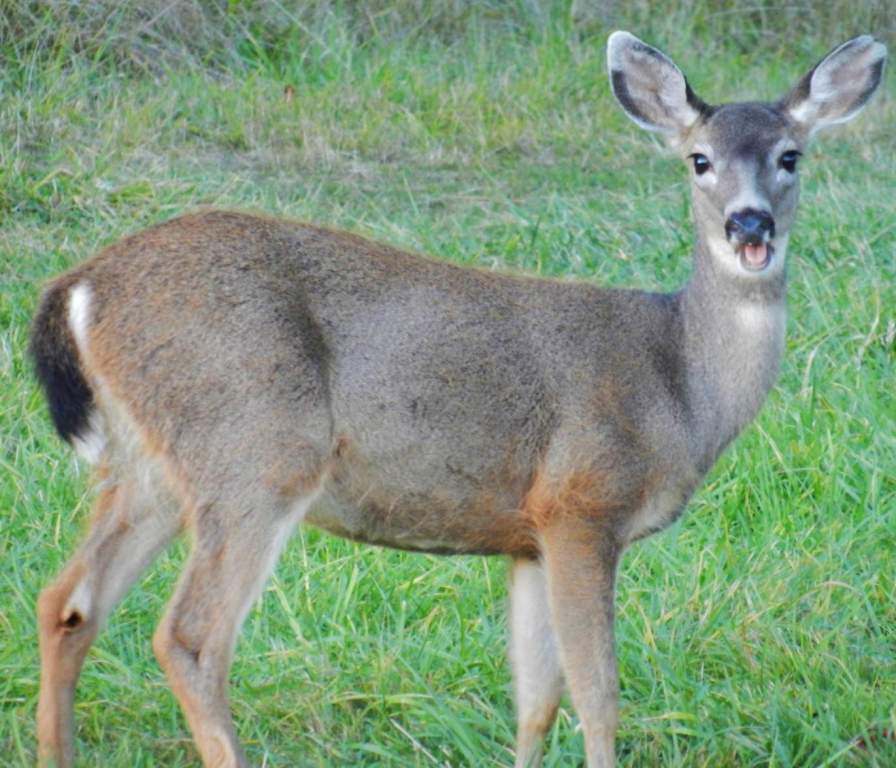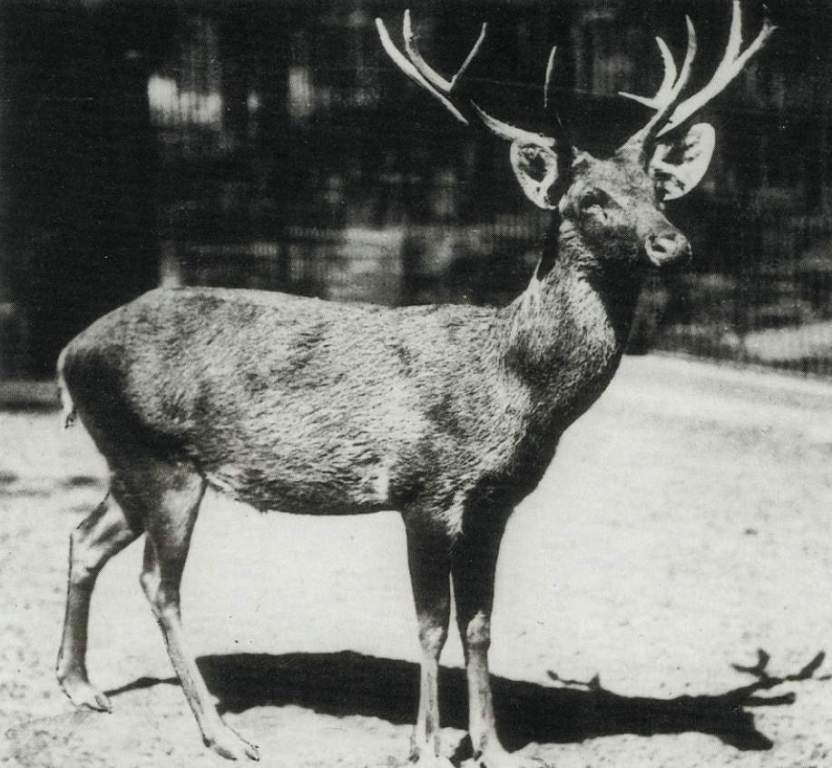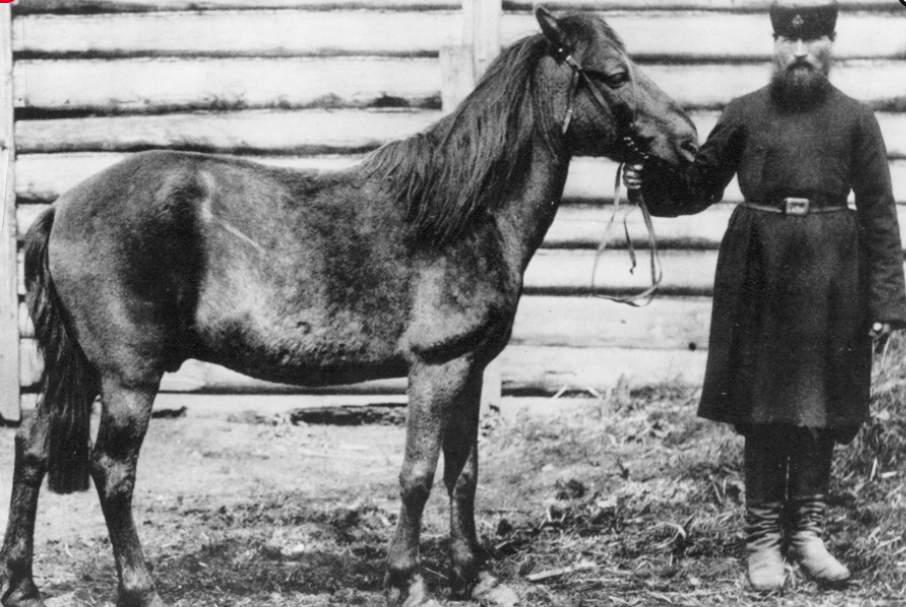What is pollination?
Pollen is the dust, usually yellow, produced by the stamens and made up of millions of microscopic granules. The shape, size, and appearance of which are characteristic of the individual species. Each granule is responsible for the production of male sexual cells, the gametes. For the gametes to be conveyed to their female counterparts, contained in the ovules, the pollen granule must come into contact with the stigma.
This is the process known as pollination, and it represents the most critical moment in the life of a flower. Although the outcome of this process is strongly conditioned by change,. Nevertheless, evolution has effectively reduced the accidental element by fostering certain mechanisms that guarantee, at least statistically, the success of pollination. The oldest and most widespread of such mechanisms involve insects, which, as carriers of pollen, travel from stamen to stigma and from flower to flower.

The flower reciprocates by putting food substances, namely nectar, a source of carbohydrates, and pollen itself, a source of protein, at the disposal of those insects. The plant, in fact, is well equipped to produce a surplus of pollen so that a part of it can be used for fertilization.
There’s a wide range of specialization between flowers and insects. In some flowers, the nectar is stored at the end of a long, narrow coralline tube. For example, the Cape leadwort, Plumbago auriculata, visited by insects with a very long mouth apparatus, such as butterflies. Some of these tropical flowers, such as those in the family Bignoniaceae are pollinated by tiny hummingbirds.
Moreover, the arrangement of the flower’s internal organs is often such as to compel the insect to become smeared with pollen in order to reach its food; when the insect visits another flower, it is pollinated by insects, and among these so-called entomophilous flowers are the zygomorphic forms.
But there’re numerous species, in some cases entire families, that are nemophilous, i.e., pollinated by the wind. They’re characterized by many inflorescences, sometimes soft and pendulous (Catkins or amenta) of numerous small flowers, almost or wholly lacking a perianth and so structured and inclined as to expose their anthers and stigmas to the slightest breath of wind.
Anemophilous flowers obviously produce and expend a much greater quantity of pollen than entomophilous flowers because their type of pollination is that much more uncertain. The success rate is highest in dry, windy climates. These’re also flowers such as those of Fallopia baldschuanica of the Polygonaceae, which are both entomophilous and anemophilous and capable of being pollinated by both methods.
Once the pollen reaches the stigma, the sticky, sugary liquid that covers its surface attracts the pollen granules and induces them to germinate. Within a short time, each granule then protrudes a pollen tube, which lengthens to grow through the style, digesting and feeding on its internal tissues.
Continuing its growth, the tube reaches the ovary and, eventually, the ovule. Meanwhile, in the embryo sac, a group of a few cells, two of which are female gametes, has formed inside the ovule. When the pollen tube comes into contact with the embryo sac, fertilization proper takes place.
The tube releases into the sac two male gametes which unite with their female counterparts to produce, respectively the zygote i.e. the first embryonic cell of new seedling and the initial cell of the endosperm, the nutritive tissue of the seed plant.
The function of which is to feed the new plant during its early stages when it is incapable of carrying gout photosynthesis. In some seeds this food tissue does not form and in such cases initial nutrition is accomplished by the first leaves of the seedling itself, those already formed in its embryo, the cotyledons. So, to understand in short What is Pollination, basically it is critical moment of flower life.







